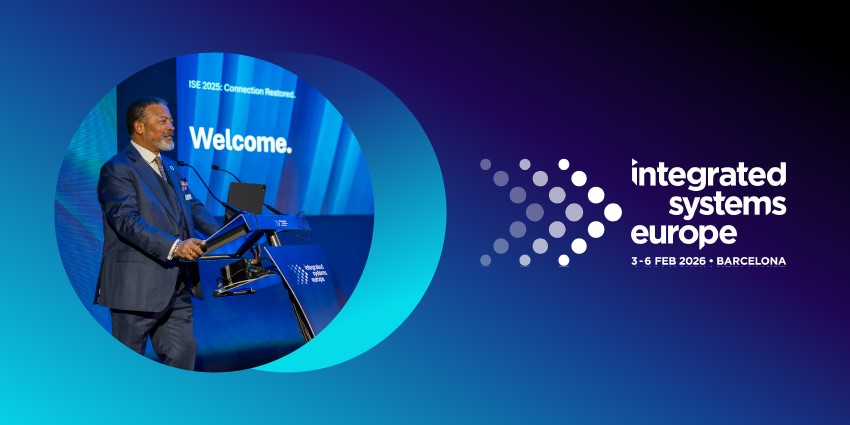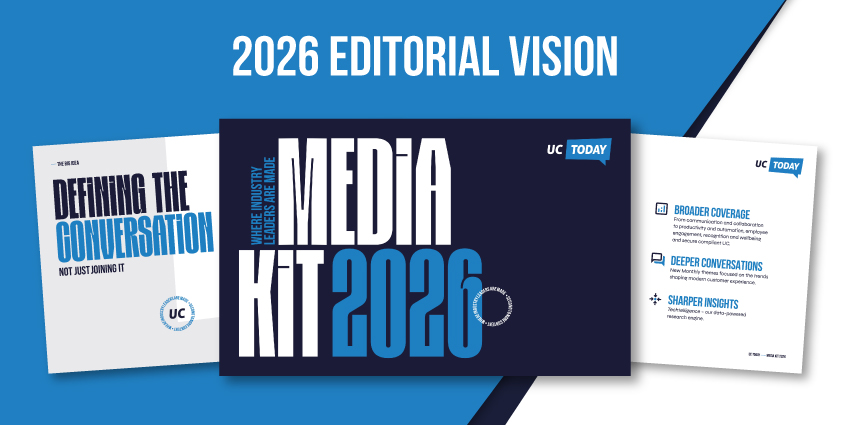A study commissioned by Zoom has revealed that remote and flexible work are the most sought-after non-financial benefits.
The results from a survey of 1,000 UK knowledge workers found that 78 percent valued flexible hours and scheduling and 69 percent wanted a flexible work location, which ranked second and fourth respectively.
In first and third place were competitive pay and compensation packages (84 percent) and competitive benefits (78 percent).
Phil Perry, Head of EMEA North at Zoom, said: “With large numbers of workers ready to switch jobs if they aren’t offered the flexibility they need, businesses that fail to offer a choice on where and how their teams work could be walking into a trap.
“At a time when many organisations are under pressure to reduce costs while delivering more, being able to offer benefits like flexible working that require little additional investment is a simple way to keep teams happy and motivated.”
‘More than just a perk’
Zoom’s Workplace Benefits Preferences Survey, which was carried out in partnership with Morning Consult, provided a further breakdown of workers’ flexibility preferences.
Most workers (87 percent) a more likely to work for a company if it has remote or flexible work options, compared to one which does not.
Respondents also reported that flexible working makes them happier employees (88 percent).
Three-quarters of those surveyed said they would contemplate quitting their current job if they had the opportunity to gain flexibility elsewhere.
Moreover, over half (52 percent) said that remote and flexible working are vital for their roles, while 46 percent view it as a bonus.
Flexibility for all ages
While flexible working is often viewed as much more desirable for younger professionals, they were not so cut and dried, and the wish for a flexible work location is roughly equal across the board.
Generation Z ranked remote working options as important (69 percent), as compared with 71 percent of Millennials, 69 percent of Gen X, and 70 percent of older Generation X and Boomers.
The demand for flexible hours was only slightly higher for millennials (80 percent) than it was for Generation X (78 percent) and older Generation X and Boomers (78 percent), with Generation Z still emphatically preferring flexible hours (69 percent).
Rethinking ‘nine till five’
Zoom’s research also found that the standard nine till five working hours are no longer the most effective workday structure, according to employees of all ages.
The study uncovered that 92 percent would rather be working remotely or hybrid, with only eight percent expressing a desire to work in the office full time.
Perry added: “Thanks to the technology platforms available, employers can provide their teams with tools that give them the ability to manage work commitments and connect with their colleagues, when and where works best for them.
“Creating a working style based on individual preference is a priority across generations, and businesses need to avoid one size fits all approaches as they build out workforce strategies.
“At Zoom, we’ve invested in AI tools such as Zoom IQ to enable employers to manage, coach, and mentor their remote workforce much more effectively.”
The survey included responses from 4,000 Knowledge Workers across the US, UK, DE; AUS, and SG.
Last week, UC Today’s Tom Wright hosted a discussion with Kyle Aebischer, Product Manager at Variphy on the benefits of call analytics, the features of Veriphy’s Zoom and Cisco analytics, plus an insight into what Variphy has in the pipeline.
Earlier this month, Zoom introduced EEA-based data storage, a European support team, data subject access requirements, and more.







